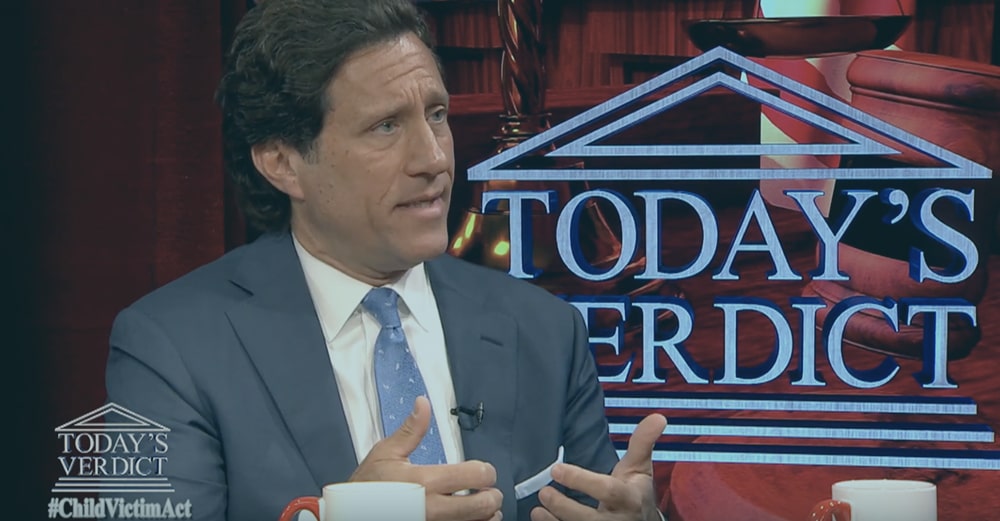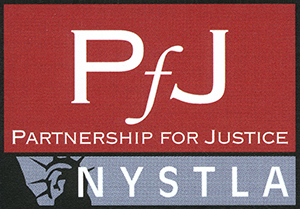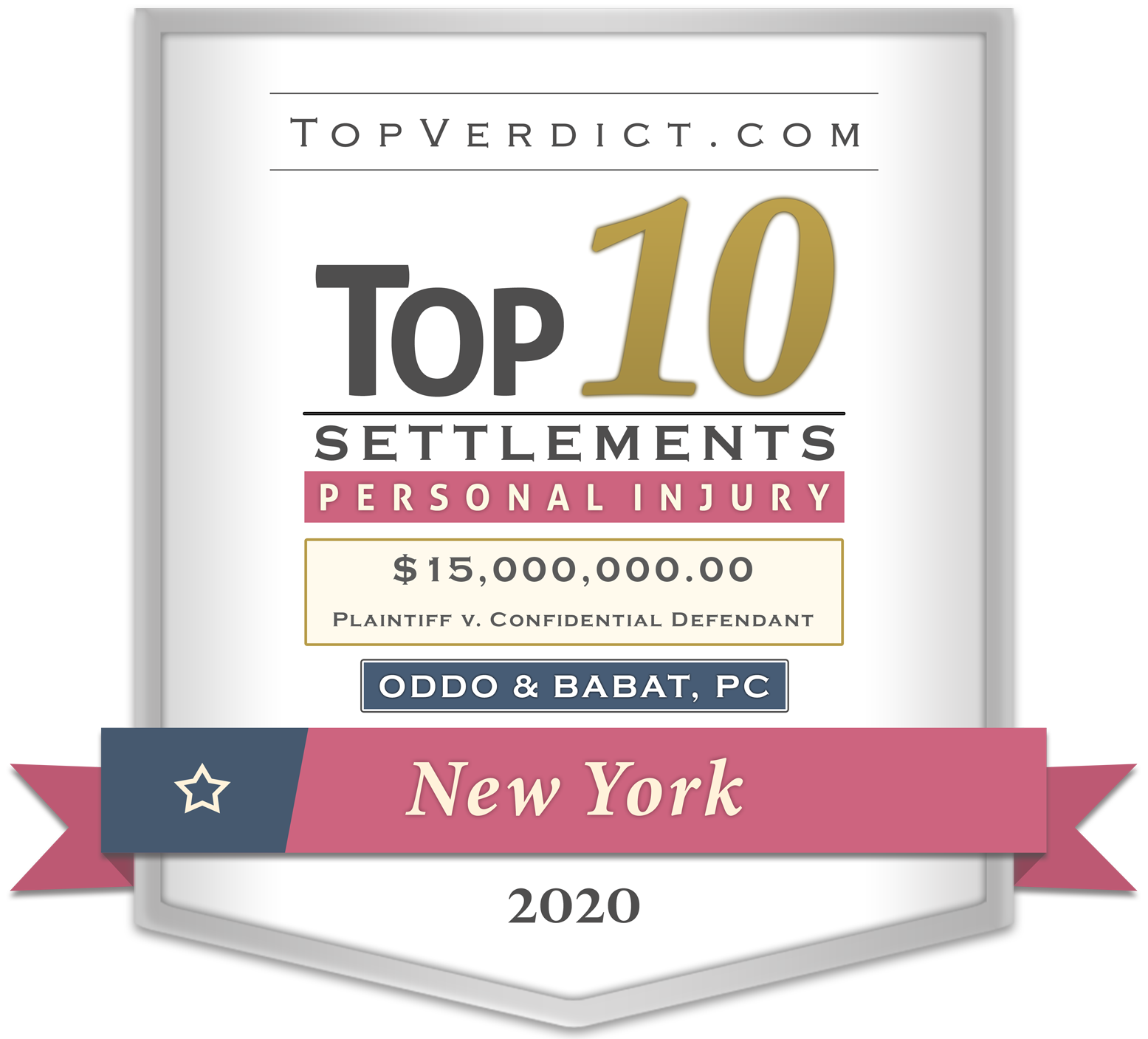Separate And Distinct Causes Of Action

The survivorship cause of action belongs to the deceased estate for the pain and suffering prior to death, whereas the wrongful death cause of action belongs to certain distributes, or survivors of the decedent who have suffered pecuniary (i.e., monetary) loss by reason of death.
For example, if a married parent was killed by a negligent driver who ran a stop sign, and the deceased experienced conscious pain and suffering before they passed, then the survivors (i.e., the spouse and children) would be entitled to compensation for the pain and suffering the decedent experienced prior to their death.
The wrongful death cause of action would entitle them to recover monetary losses that they sustained as a result of the death, assuming the deceased financially supported the spouse and children, and they did actually sustain financial loss as a result of the death.
When handling a wrongful death case, it is crucial that the attorney see the case as two separate and distinct causes of action, as each must be evaluated independently.
Survivorship Cause of Action
In order to bring a successful survivorship, claim for pre-death pain and suffering, there must be evidence that the decedent experienced cognitive awareness of pain and suffering prior to death. To accomplish this, it is necessary to investigate whether the deceased was killed instantly or experienced some period of pain and suffering.
One way to determine this is by interviewing the emergency medical technicians and those who were first on the scene. You must determine whether the deceased was still alive and had some level of consciousness immediately after the incident. It is crucial to determine whether the deceased showed signs of conscious pain and suffering (e.g., moaning, groaning, physical grimaces, complaints, yelling). Needless to say, it can be very difficult to find this sort of evidence and it requires due diligence on the part of the attorney and his or her team.
Once evidence of pre-death conscious pain and suffering is identified, the amount of time that it lasted also needs to be determined. Did it last five seconds, or an hour? Witness statements and medical records can aid in determining the answer. Based on the nature of the injuries, medical records, witness statements, findings on autopsy (pathology reports/slides are often helpful) an expert medical witness can provide a medical opinion as to the nature and length of the conscious pain and suffering experienced by the deceased.
The courts in New York have recognized “pre-impact terror” as an element of conscious pain and suffering. For this reason, it is important to look for evidence of the decedent having been aware of their impending death. An example comes from a recent New York case wherein a motorcyclist’s use of the brakes provided evidence of pre-impact terror: the skid marks left on the road indicated that the motorcyclist saw the defendant’s truck and was aware of the impending fatal collision.
Wrongful Death Cause of Action
The damages in a wrongful death claim are limited to fair and just compensation for pecuniary injuries. Such damages include loss of support, voluntary assistance, inheritance, medical expenses, funeral expenses, lost wages, and actual expenses. Pecuniary losses may include services such as cooking, cleaning, and driving family members.
Loss of consortium (i.e., the loss of a personal and intimate physical relationship between spouses) is not recoverable under the wrongful death statute; it is recoverable only under the survivorship cause of action, which covers the period of pre-death pain and suffering.
To illustrate this difference between wrongful death and survivorship causes of action, consider the following example:
The husband of a former client of Oddo & Babat, sustained a perforated bowel during an elective surgery, resulting in a massive infection and eventual death. He received weeks of treatment in the hospital before he ultimately passed away from his injuries. His wife was entitled to loss of consortium for those weeks he was in the hospital, but once he passed away, she was no longer entitled to any future loss of consortium, as post-death damages fall under the umbrella of wrongful death, which does not include loss of consortium as a recoverable item of damages.
The Statute of Limitations
The statute of limitations in a death case will depend on the cause of action. The statute of limitations for the survivorship cause of action is three years from the date of the accident or one year after the decedent passed away, whichever is longer.
The wrongful death cause of action carries a statute of limitations of two years from the date of death. However, there are exceptions to this rule, such as in the case of the existence of a related criminal matter. For example, if a drunk driver runs a red light and kills a pedestrian as a result, then criminal charges would be brought against the driver, and the decedent’s personal representative would have at least one year from the termination of the criminal proceeding to file a wrongful death claim. This is true regardless of whether the two-year statute of limitations has already expired.
If the only surviving distributee is a minor, then the statute of limitations period is tolled until a guardian is appointed, or until that distributee has reached the age of majority, whichever occurs first. Again, as every case is different, it is imperative that you retain an experienced attorney who is familiar with these time limitations, as early as possible to protect your claim.
For more information on Separate And Distinct Causes Of Action, an initial consultation is your best next step. Get the information and legal answers you’re seeking by calling (646) 828 1980. Call Oddo & Babat, P.C. today.


 I consulted with David the first time a couple of years ago on a serious matter that affected a very close member of my family. Not expecting a good experience from this serious situation coupled with an attorney consultation, the entire thing surprised me as it was pleasant, professional, and completely successful. We found him clear, direct, generous and extremely knowledgeable throughout the process. I give my very strongest recommendation
I consulted with David the first time a couple of years ago on a serious matter that affected a very close member of my family. Not expecting a good experience from this serious situation coupled with an attorney consultation, the entire thing surprised me as it was pleasant, professional, and completely successful. We found him clear, direct, generous and extremely knowledgeable throughout the process. I give my very strongest recommendation








